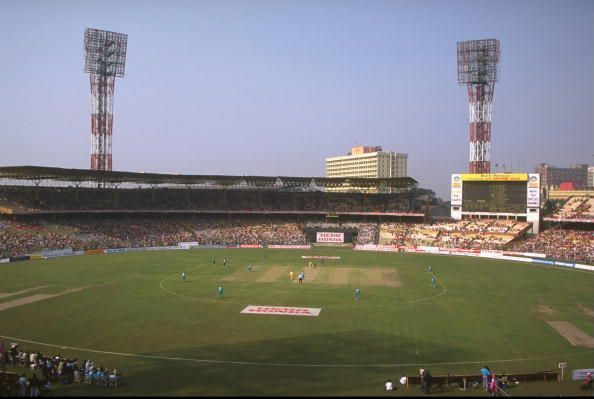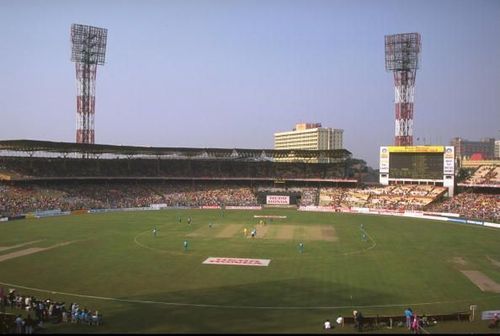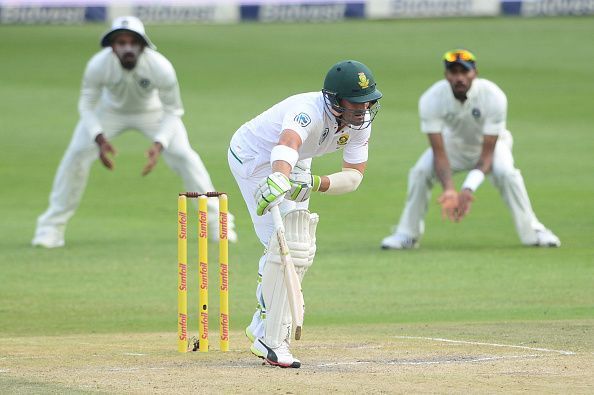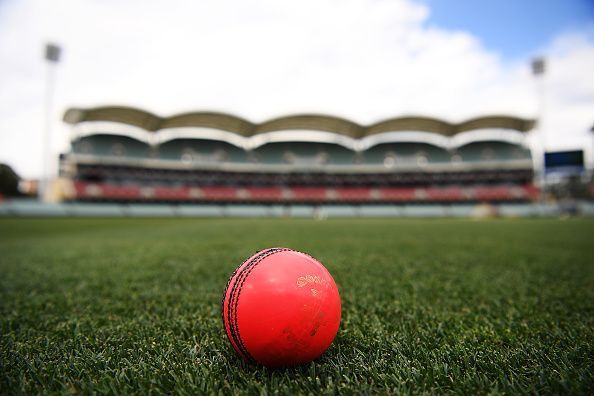
India's first D/N Test: Hopes and concerns unite in historic event

With the advent of the all-condition numero uno Test team India under King Kohli's reign and the appointment of Sourav Ganguly as BCCI's new president, D/N Test cricket was always round the corner albeit few would have expected it to happen this soon. The Bangladesh Cricket Board has agreed to play a day-night Test match at the Eden Gardens in Kolkata, commencing November 22 -- India's first ever D/N Test fixture.
This is the vim and vigour which Team India have exuded and they aren't afraid to be put into perilous situations regardless of the conditions or venue, as stated by coach Ravi Shastri. Since neither the host nor their opponent has played a D/N Test match, any perceived advantage is nullified.
Rohit Sharma looked like a duck taking to water after being tasked with the demanding opening position in Test cricket which makes this world-class outfit one of the best India has ever had. The pink ball presents its own set of challenges and a gruesome tour to New Zealand awaits early in 2020. Everybody is stoked that the Men In Blue playing this historic fixture.
While the fixture might draw in more spectators, there are a few dark clouds hovering as well. The fixture provides an opportunity to find answers to many questions.
The pros
Hosting a D/N Test fixture is bound to entice new spectators to the stadium. The scheduling allows spectators to watch a session or two in the evening after a hectic day of work. There were few spectators in the recently-concluded India vs South Africa Test series. Pune, Vizag and Ranchi could not draw in the crowds during the three-match Test series. This fixture is expected to draw in more crowds.

The first D/N Test fixture between Australia and New Zealand back in 2015 was a success among fans. Adelaide Oval saw record Test crowds and that paved the way for more D/N Tests to follow. A total of 123,736 people attended Adelaide Oval over the three days. Broadcasters had a hay day and taking the attendance alone into consideration, the world took note of this triumph for cricket.
UAE, South Africa, New Zealand, West Indies and England have all hosted at least one D/N Test. The conditions are different in each of these countries, but, in the long run most of the questions were answered except for the attendance in Dubai and the pink ball's behaviour and durability in subcontinent conditions.
With almost every country having played at least one D/N Test, India had to follow suit too. This can be an opportunity for the Indian team to get accustomed to the pink ball before facing sterner oppositions like England, New Zealand, South Africa and Australia, especially in their conditions. With India scheduled to tour New Zealand for two Tests in January and Australia later next year for the Border Gavaskar Trophy, it might turn out that a few of those matches would be scheduled to be D/N affairs. Hence, it is necessary for Team India to get accustomed to the pink ball.

From a cricketing point of view, D/N Tests have tended to provide a more enthralling contest between bat and ball. Fading natural light, more grass on the pitch and the more pronounced seam of the pink ball have all contributed to this.
This has been prominent in D/N Tests played in Australia, England, South Africa and New Zealand, where seamers get more assistance from the pitch and conditions. World-class batsmen and bowlers have flourished when this has been the case. The evening and night sessions promise plenty for players and audience.
The cons
When there is a lack of lush green outfields, a dry pitch and persistence of dew, pink-ball contests tilt in the favour of batsmen, forcing even the best to toil harder for a breakthrough. A testament to this fact is the D/N Test played in October 2016 between Pakistan and West Indies in Dubai. Pakistan piled on a mammoth 579/3 (dec) first innings score and the West Indies bowling attack figured out first-hand that the pink ball hurts bowlers when conditions don't provide assistance.
Subcontinent pitches tend to have lesser grass than their SENA (South Africa, England, Australia and New Zealand) counterparts as the grass prevents the pitch from breaking down. This makes it difficult for both spinners hoping to get turn and bounce as well as reverse swing for seamers.
Pink balls ought to be modified for these conditions as it has been often proven that they do not aid the spinners, even as the game progresses into days four and five. SG will provide pink balls for the India vs Bangladesh clash. Both teams have had a lack of practice with this variety, and pink-ball fixtures for that matter.

From a marketing perspective, D/N Tests are the way forward. From the player's perspective, it may be nothing more than a necessary evil, especially in subcontinental conditions.
It will indeed be a historic moment for both India and Bangladesh on 22 November. Everyone is hoping that a Bangladesh team sans Shakib Al Hasan will put up some resistance, and that the pink ball won't be scuffed up too easily.
Follow Sportskeeda for all the updates on India Bangladesh head to head, India Bangladesh schedule, news, results, points table, most runs, most wickets and fantasy tips.